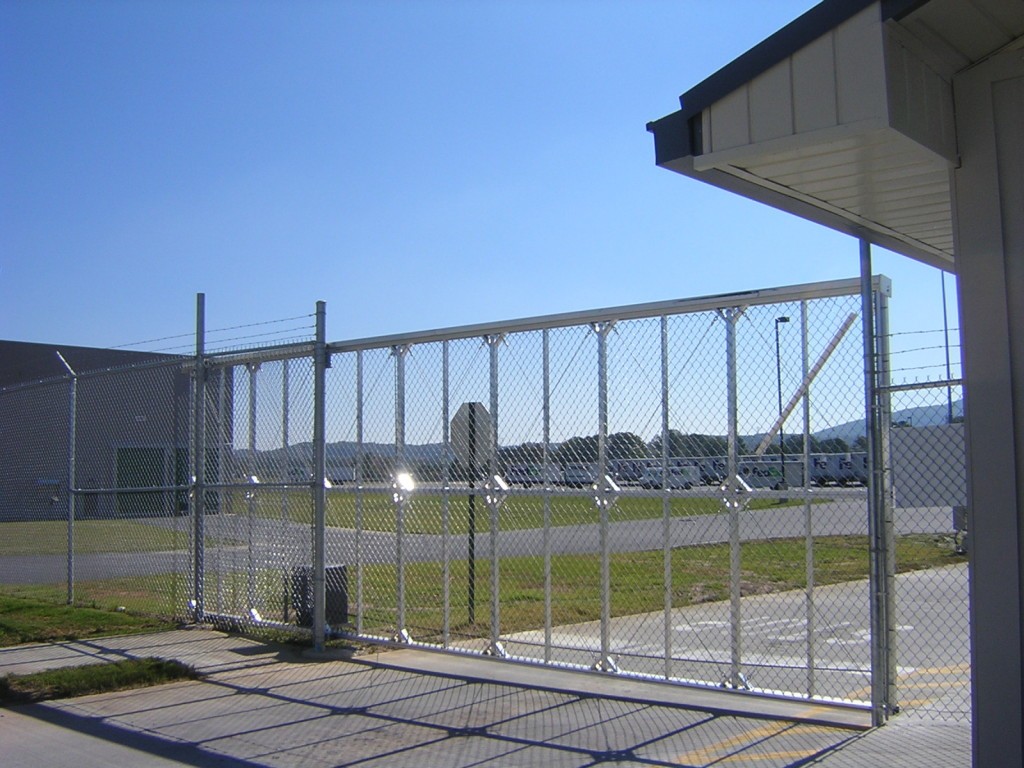In general, machining refers to the process of shaping a stock piece of material, such as a block of plastic or a sheet of metal, into a final product through controlled material removal methods. CNC machining, short for Computer Numerical Control, relies on digital instructions provided by computer-aided manufacturing (CAM) or computer-aided design (CAD) files. These instructions are interpreted by the CNC machine, enabling it to perform labor-intensive tasks quickly and with great precision. Basic machines operate on the x, y, and z axes, while more advanced ones can flip parts over, allowing for a more comprehensive transformation without manual intervention. CNC machines are incredibly versatile and can work with a wide range of materials. This is one of their major advantages. Common materials include aluminum, brass, copper, steel, wood, foam, fiberglass, polypropylene, and various plastics. Once you grasp the fundamentals, operating a CNC machine doesn't require absolute mastery. After creating your design, the CNC machine handles most of the heavy lifting. Compared to traditional machining techniques, which demand extensive technical knowledge and constant attention, CNC machining offers several key benefits. Below are a few of them. We'd like to introduce you to some of the different types of CNC machines commonly used in metalworking. Here are five of the most common types of CNC Machines used: Most metal fabrication shops and CNC machining professionals have both milling and lathe machines. Both CNC machines follow the principle of subtractive machining — starting with a block of raw material and shaping it into the desired form through CNC machining techniques. Although these processes are similar, they have distinct differences. Understanding these differences can help provide a deeper insight into CNC capabilities, allowing you to maximize equipment usage and optimize project efficiency. The primary difference between lathes and milling machines lies in the relationship between the workpiece and the tool. In a lathe, the workpiece spins around its axis, while the tool remains stationary. This process is often referred to as "turning" and is commonly used to create cylindrical parts. Other typical operations performed on a lathe include drilling, threading, boring, and grooving. Unlike a lathe, a milling machine does the opposite — the tool rotates while the workpiece stays still. This setup provides more flexibility when approaching the workpiece, allowing for more intricate and complex designs. From the descriptions above, it's clear that milling machines are best suited for situations requiring versatility. Their design allows for greater flexibility, and they offer a wide range of available cutting tools. In short, for intricate parts, a milling machine is the preferred choice. On the other hand, lathe machines are more limited in their potential applications. That said, they excel at producing cylindrical parts with precision and consistency. A CNC lathe machine is particularly effective for this purpose. At its core, turning is likely the earliest form of machine operation. Along with milling, it accounts for the majority of CNC machining operations. The process is straightforward: a workpiece is clamped onto a rotating plate or mandrel. As the piece spins, a cutting tool mounted on a moving slide is pressed against it. This action is ideal for quickly removing large amounts of material. Within this technique, lathes, drill bits, and other components can be added to achieve desired results, such as a smooth surface, concentric shapes, slots, grooves, shoulders, and more. To understand milling, think of it as the opposite of turning. While turning involves moving the piece and holding the cutting tool to it, milling keeps the piece stationary and rotates the cutting tool on a spindle. Typically, the workpiece is held horizontally in a vise and mounted on a table. Mills are primarily used to remove stock from asymmetrical parts. However, they can also be used for drilling holes and bores. Mills are the go-to choice for creating notches, chamfers, channels, profiles, and other precise cuts. Being able to create a flat metal surface is a crucial aspect of many custom CNC metal projects. Surface grinders are the most reliable and effective way to achieve this. A CNC grinder operates on the same principles as most grinding processes. A spinning disk covered in abrasive grit mounts the piece on a table that moves back and forth while the abrasive wheel spins above. This process allows for varying degrees of coarseness, enabling different finishes. However, this method isn't suitable for pieces with large protrusions coming from the surface. Solid sink EDM is most frequently used to create pressure die castings, but this process is rarely applied to finished pieces. EDM is specifically used to make holes, squares, pockets, and other shapes. It can also be used to add texture to a surface or create recessed letters or logos. This process works by combining a conductive electrode, cut to the exact shape of the feature, with a dielectric fluid to remove metal particles from the workpiece surface. Despite its modern-sounding name, the wire EDM process has been used in the industry for more than 50 years. Describing this process, today’s machining world explains it aptly: "Imagine a band saw, but instead of a saw blade, there’s a thin wire, positioned vertically or at an angle, which you can cut in any x-y direction. This is wire EDM (electric discharge machining), a process that can cut any electrically conductive material, hard or soft, even carbide or diamond." This process is often used in situations where traditional cutting tools fail — for example, circular or semicircular cuts. Cylindrical grinding combines the principles of surface grinding and lathe turning. One of its greatest advantages is the ability to make precise and accurate tolerances with workpieces that have very smooth textures and surfaces. In this process, the workpiece remains stationary while the cylindrical grinding wheel rotates against the surface. While this overview covers many aspects of CNC machining, it doesn't touch on all its incredible capabilities. Don't worry; we'll delve deeper into the rest in another post. If you're in the Saratoga Springs area and need custom CNC work, feel free to reach out! From laser cutting to robotic welding to CNC machining, we can handle nearly all your metal fabrication needs. Aluminum Profiles For Middle East Compared with wooden and steel doors and windows, Aluminum Doors and Windows have obvious advantages in terms of strength, insulation, aesthetics and longevity. Aluminum profiles come in a variety of sizes and shapes and are very easy to install. If you need a durable and energy-efficient door and window solution, aluminum profiles would be the best choice. Aluminium Profile Price,Aluminium H Profile,Alu Profiles,Aluminium Extruded Sections,Aluminum alloy doors and windows Foshan Knilex Aluminum Co., Ltd. , http://www.aluprofilefactory.comWhat is CNC Machining?
What Types of Materials Are Used in a CNC Machine?
Advantages of CNC Machining Over Traditional Machining
Types of CNC Machines
CNC Milling Machines vs. CNC Lathe Machines
Operational Differences
Lathe Machine
Milling Machine
Application Differences
CNC Machining Techniques
Turning
Milling
Grinding
Solid Sink EDM
Wire EDM
Cylindrical Grinding
Need CNC Machining Help?


